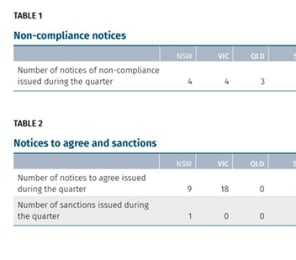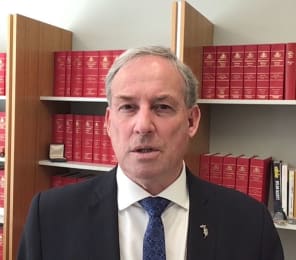A somewhat different story for home care – but still one of major concern.
StewartBrown’s March quarter survey of home care providers has warned that home care providers are offsetting lower profits by reducing direct care hours – and this will not be financially sustainable into the future.
The report found average revenue per client per day (pcpd) has fallen by 6.03% (being $4.22 pcpd) – and up to 13.9% for the First 25% of providers ($11.04 pcpd).
However, the average operating profit per client day has edged up by $1.03 pcpd (30%) to $4.51 pcpd (from $3.48 in March 2019 and an average of $3.65 for FY19).
StewartBrown puts this improvement on lower costs, particularly staff costs, for providers as direct care hours fell by 0.71 hours to an average of 5.88 hours and revenue reduced by 3.5% to 85.1%.
Critically, the survey found the average unspent funds per client has continued to grow by $1,463 per client to a huge average $8,250 per client.
The operating profit for the First 25% of survey participants did decline by $3.30 pcpd (18%) to $14.72 pcpd (from an average of $18.28 FY19) – which is attributed to the increase in unspent funds.
Direct service costs also went up by an average of $3.55 pcpd (61.04% of total revenue) for all participants and $4.90 pcpd (51.6% of total revenue) for the top 25%.
Given home care providers will be expected to maintain infection controls into the future, it seems these costs will continue to rise.
StewartBrown says it now expects profits to continue to fall over the next three months due to the continuing lower revenue per client per day as the impact of clients putting their packages on hold during the pandemic is felt.
Home care providers have come in for criticism during the course of the Royal Commission for being seen to be ‘holding onto’ clients’ funds – despite witnesses from the Department of Health giving evidence that the system had been designed to allow clients to hold onto funds for a ‘rainy day’.
As we reported here, the Government had been looking to reduce unspent home care funds by moving providers to payments in arrears for services once they are delivered from 1 June 2020 – but this was put on hold because of COVID-19.
Will these figures prompt a re-think on when these changes can recommence?










